

What is DZRH Drama?
DZRH, the Philippines’ oldest radio station, is known for its rich tradition of airing radio dramas. Operated by the Manila Broadcasting Company, the station has long featured storytelling through spoken dialogue and sound effects, typically broadcast during the customary afternoon ‘siesta’ period.
The Filipino soap opera genre was revolutionized by KZRH’s Gulong ng Palad, penned by society columnist Lina Flor. Running from 1950 to 1960, this 15-minute daily program captured audiences with its themes of love, betrayal, and redemption—so much so that people across cities, towns, and villages would pause their activities just to listen.
DZRH First Logo
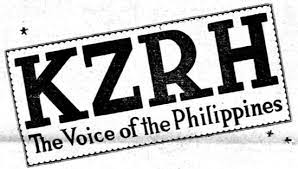
DZRH Talents: "Kasaysayan ng mga Liham ni Tiya Dely"
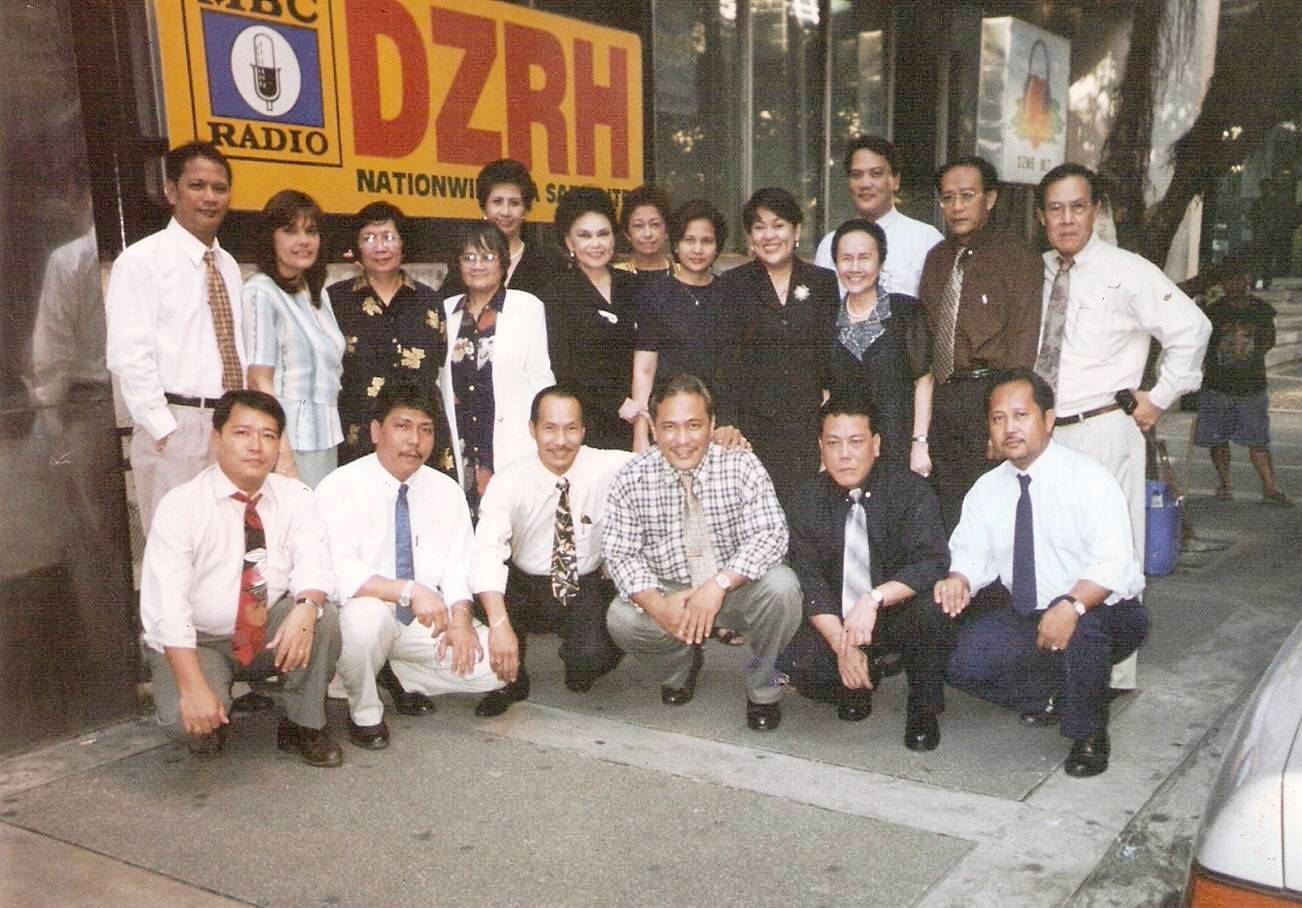
Gulong Palad
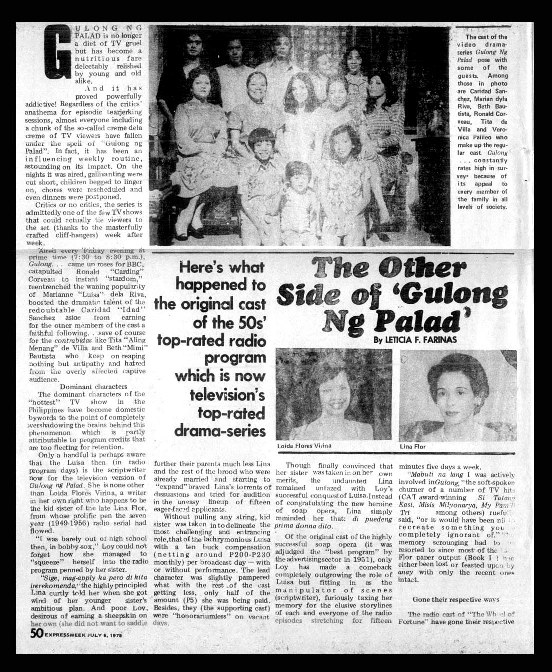
Lina Flor-Trinidad
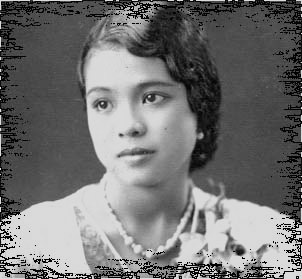
Gulong ng Palad

Long-standing Tradition
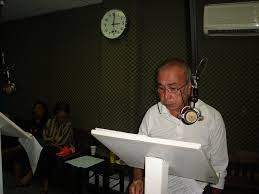
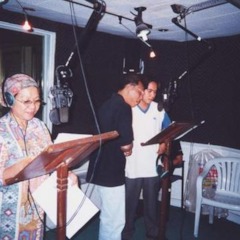
Since 1949, DZRH has been a pioneer in broadcasting radio dramas, contributing significantly to the golden age of radio that followed World War II. As radio gained popularity as a mainstream form of media, dramatic storytelling over the airwaves became a favorite source of entertainment for many Filipinos. Radio dramas, with their compelling narratives and imaginative soundscapes, found a loyal audience — and DZRH was at the forefront of this movement.
Being the oldest radio station in the Philippines, DZRH has played a vital role in shaping the nation’s radio landscape. Its consistent delivery of powerful and engaging drama content has left an indelible mark on Philippine media culture. Over the years, the station has built a legacy of producing captivating stories that resonate with listeners from all walks of life — a tradition that proudly continues to this day.
MBC First Office
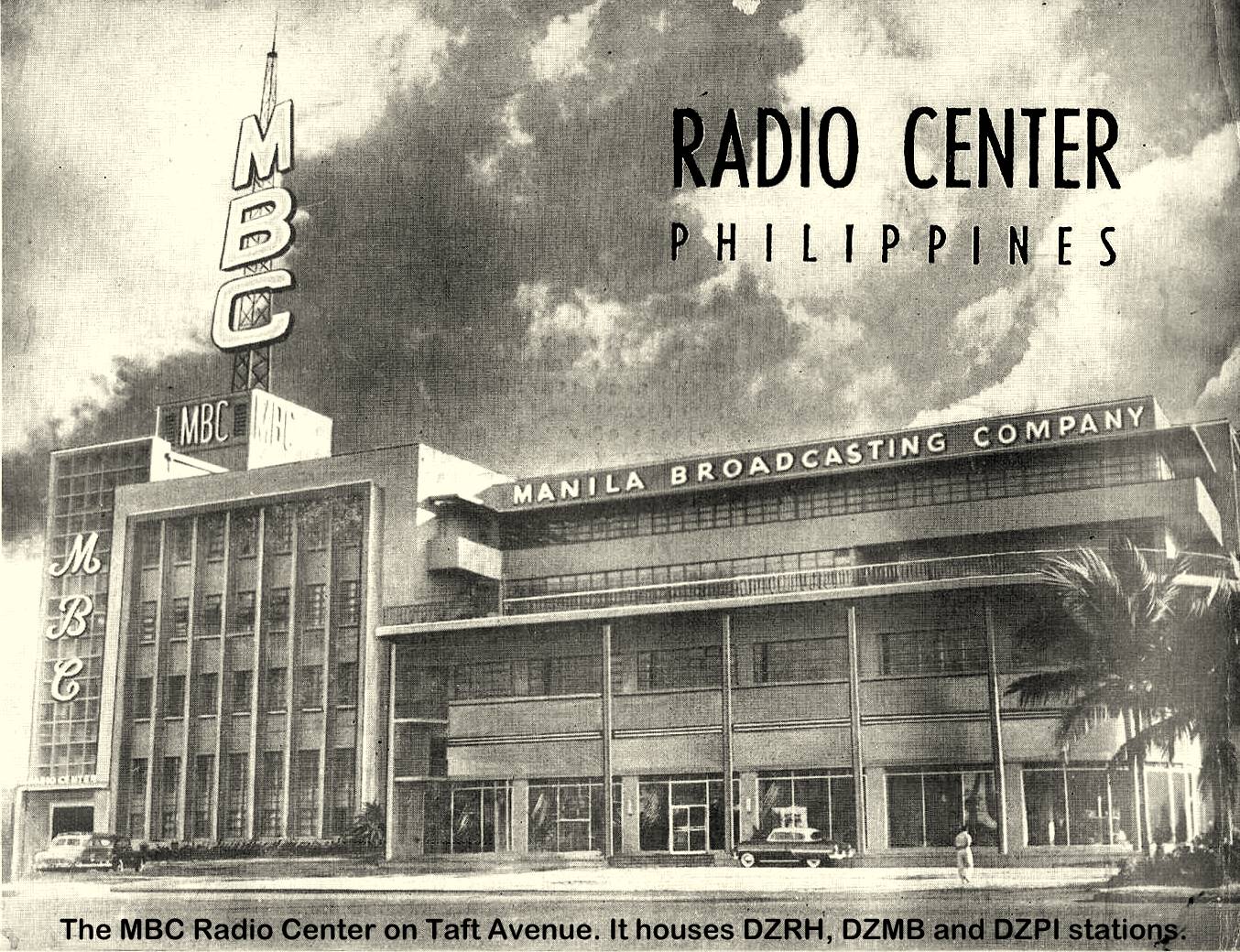
Three decades after its inception, DZRH experienced tremendous growth. Its programming expanded in both scope and creativity, and it nurtured a new generation of radio talents who soon became household names and cultural icons. The station didn’t just follow trends; it created them — setting the standard for what Filipino radio entertainment could achieve and solidifying its influence across the archipelago.
DZRH Drama Talents
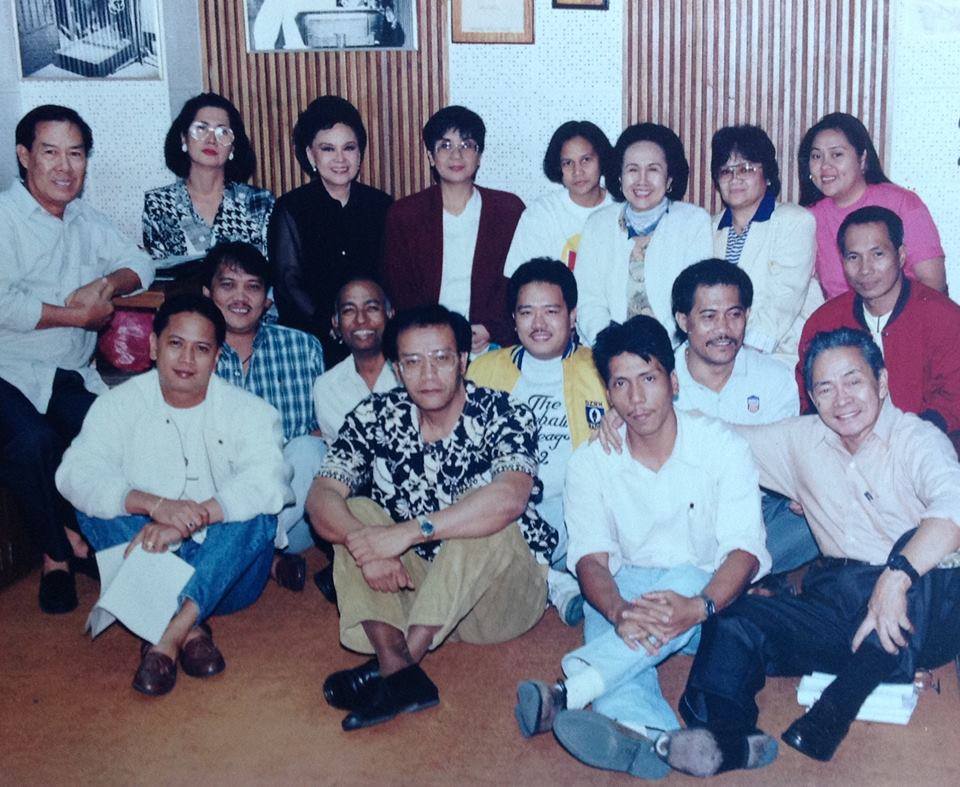
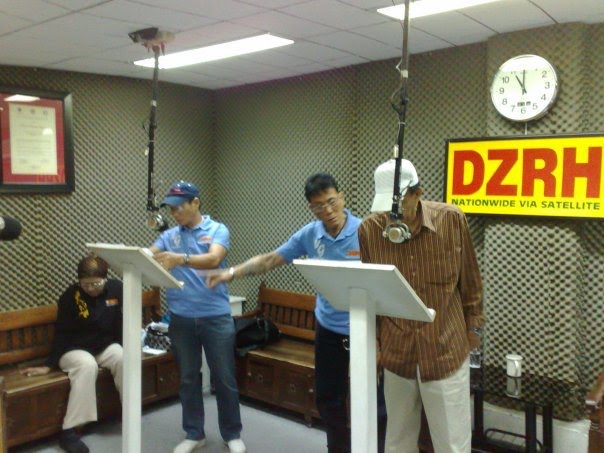
Today, DZRH continues to evolve with the times. Embracing modern technology, it has extended its presence beyond traditional airwaves to digital platforms. The station now connects with audiences through social media channels such as Facebook, YouTube, TikTok, and X (formerly Twitter), ensuring that its legacy of storytelling and public service remains strong in the digital era. Through these platforms, DZRH is not only preserving its historical roots but also reaching new generations of listeners in more interactive and innovative ways.
Traditional "Siesta" Time
A loyal audience made up of longtime listeners—such as retirees, farmers, factory workers, taxi drivers, and residents from far-flung provinces—continues to tune in to DZRH to follow their favorite drama or horror story episodes. For many, these radio programs have become a staple part of their daily routine, offering both entertainment and a sense of connection to the wider community.
Among DZRH’s most well-loved shows are "Gabi ng Lagim," which delivers chilling horror stories; "Hukumang Pantahanan," a courtroom-style drama set in the home; "May Pangako ang Bukas," a tale of hope and redemption; and "Ano ang Katotohanan?" which delves into gripping narratives and moral dilemmas. These programs reflect the station’s ability to offer diverse content that appeals to a broad spectrum of Filipino listeners.
Carrying the proud slogan “Una sa Pilipinas, Una sa Pilipino” (First in the Philippines, First for Filipinos), DZRH has long established itself as a cornerstone of the country’s media industry. As a trailblazer in radio programming, it has achieved wide reach through its extensive network of relay stations, effectively bringing quality broadcasting to even the most remote areas of the Philippines.
The popularity of DZRH's programs was also evident in the strong support they received from corporate sponsors. This backing was largely due to the station's dedicated audience—especially Filipino housewives—who emotionally connected with the stories while doing household chores. Whether laughing, crying, or feeling suspense, these listeners became deeply involved with the characters and plots unfolding through their radios.
Many of DZRH’s iconic radio serials became cultural phenomena. Some were so successful that they were later adapted for television and film, further expanding their influence. Others were translated into local dialects and broadcast on provincial stations, making them more accessible and relatable to a wider Filipino audience. These adaptations demonstrated the enduring power and versatility of radio drama as a form of storytelling and DZRH's commitment to evolving with its listeners while staying true to its roots.
DZRH Radio Booth:
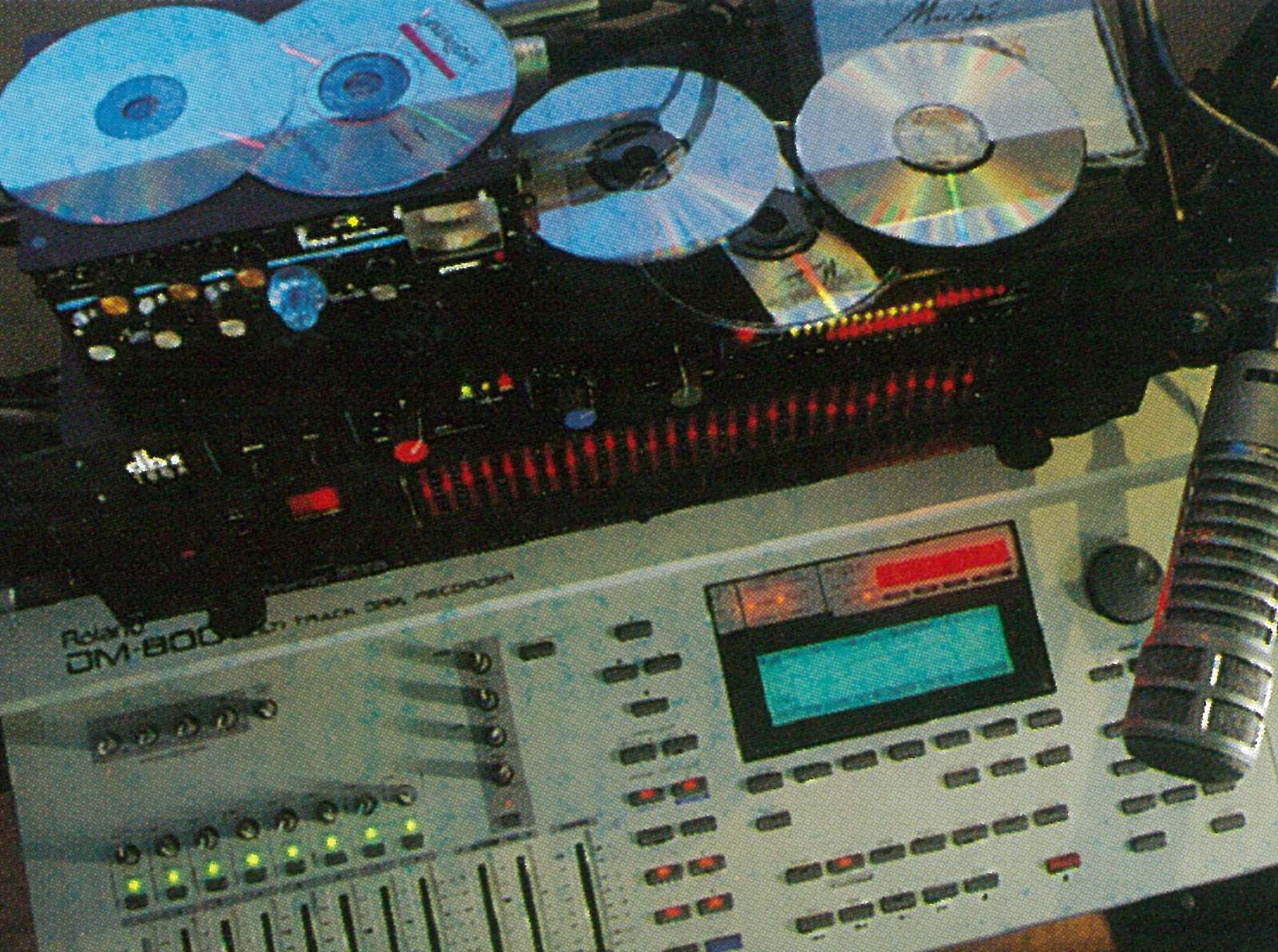
Vocal artists and sound effects
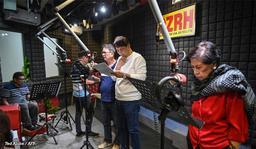
DZRH has long been a nurturing ground for some of the most gifted and versatile talents in the world of radio drama. Over the decades, it has become home to a vibrant community of writers, actors, directors, and voice artists whose passion and creativity have brought countless stories to life. Many of these individuals have not only made a name for themselves in radio but have also successfully crossed over into film and television, proving the depth of talent honed within DZRH’s walls.
Tiya Dely
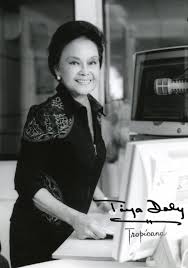
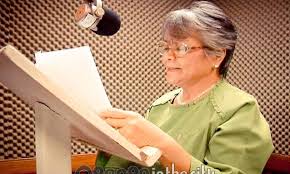
One iconic figure in this legacy is Phil Cruz, a 66-year-old voice actor and technician, who has been part of the DZRH family since 1979. With over four decades of experience, Cruz has contributed both in front of the microphone and behind the scenes, helping produce compelling radio dramas that have captivated generations of listeners. His dedication and craft have made him a living legend in the field, and he continues to inspire younger talents entering the industry.
Phil Cruz
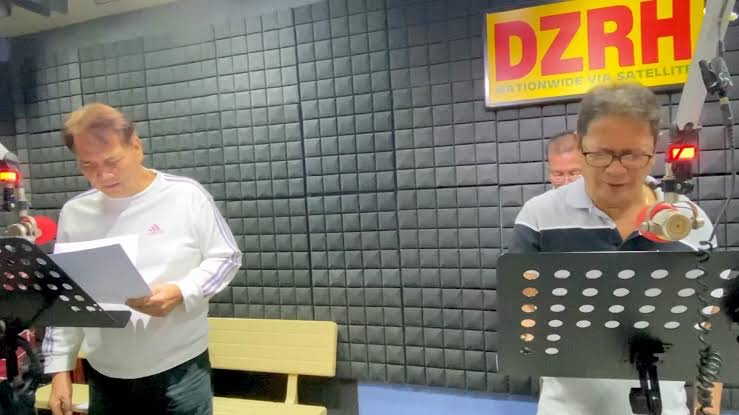
At the height of its radio drama programming, DZRH aired more than 18 drama series, occupying up to nine hours of airtime each day. This remarkable volume of content showcased not just the station’s commitment to storytelling, but also the incredible work ethic and creativity of the people behind the scenes. Each episode was meticulously crafted—with scripts that echoed real-life struggles and dreams, and performances that brought those stories to life with emotional depth and authenticity.
The station's success in radio drama was not only a result of strong programming but also of its ability to foster a collaborative environment where talent was recognized and nurtured. Writers wove narratives that touched on themes close to the Filipino heart, from love and family to betrayal and social justice. Meanwhile, voice actors and sound technicians used their skills to create immersive worlds that listeners could vividly imagine, even without visuals.
Today, the impact of DZRH’s drama programming continues to resonate. Many of its alumni have become influential figures in the wider entertainment industry, bringing with them the storytelling discipline and vocal artistry developed during their time on the radio. Their success is a testament to DZRH’s legacy as a training ground and creative hub, where the magic of voice and story continues to thrive.
"Tiya Dely" Drama Talents
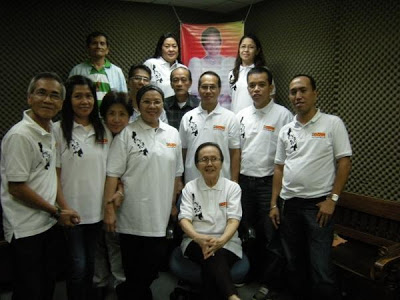
The DZRH Radio Group
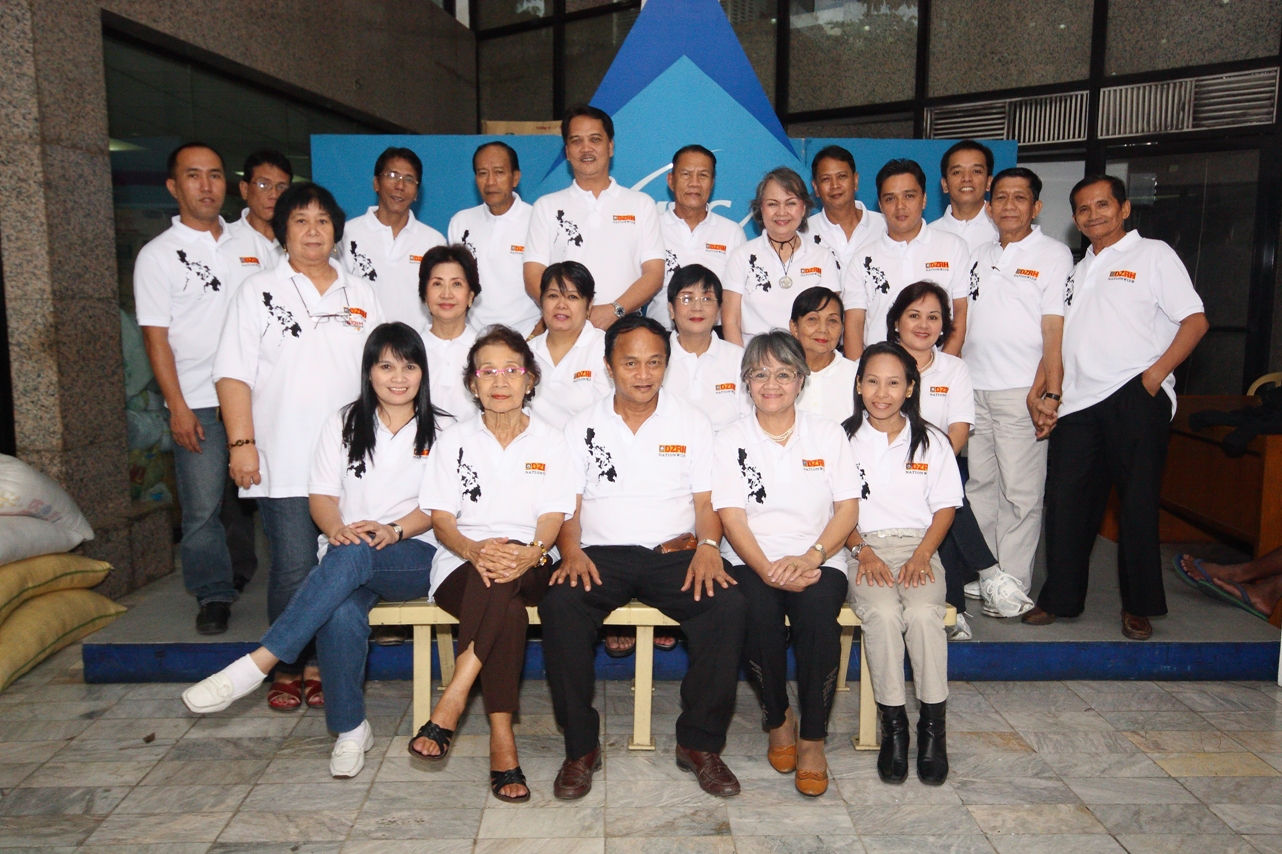
Legacy and longevity
Susan Roces amid Radio Drama Honorees
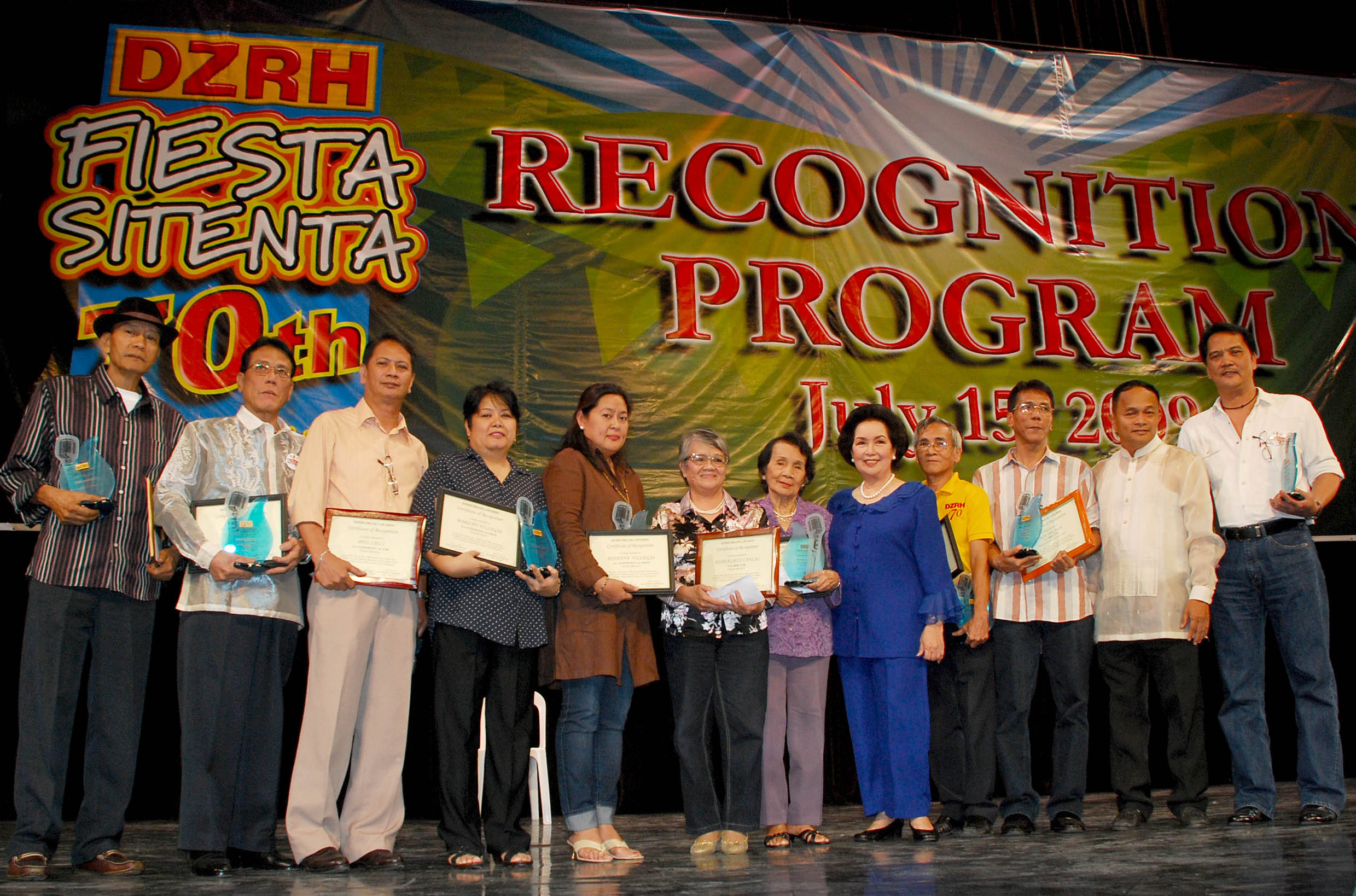
The emergence of radio as a dominant form of mainstream media in the years following World War II was largely driven by the engaging entertainment it provided—most notably through radio dramas. These audio-based narratives captured the imagination of a wide audience, offering a unique form of storytelling that combined dialogue, music, and sound effects to bring vivid tales to life without the need for visuals.
World War 2
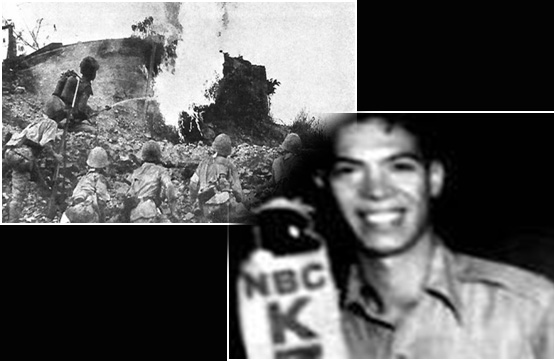
Gen Jonathan Wainwright Announces the USAFFE
The enduring legacy and long-standing appeal of radio drama in the Philippines can be traced back to its groundbreaking role in the country’s broadcasting history. Among the pioneers in this field was DZRH, the nation’s oldest and most respected radio station, which has served as a creative home for radio dramas since the 1940s. Through its commitment to quality storytelling and relatable themes, DZRH played a central role in shaping radio drama into a beloved genre that continues to resonate with Filipino audiences.
Originally launched as KZRH, one of the very first radio stations in the Philippines, it quickly recognized the power of dramatic programming. It wasn’t long before it began producing serialized radio dramas that captivated listeners. One of the earliest and most iconic programs, "Gulong ng Palad," became a cultural touchstone. Its emotional storytelling and relatable characters helped establish radio drama as a vital part of everyday Filipino life and set the tone for future productions in the genre.
DZRH Studio
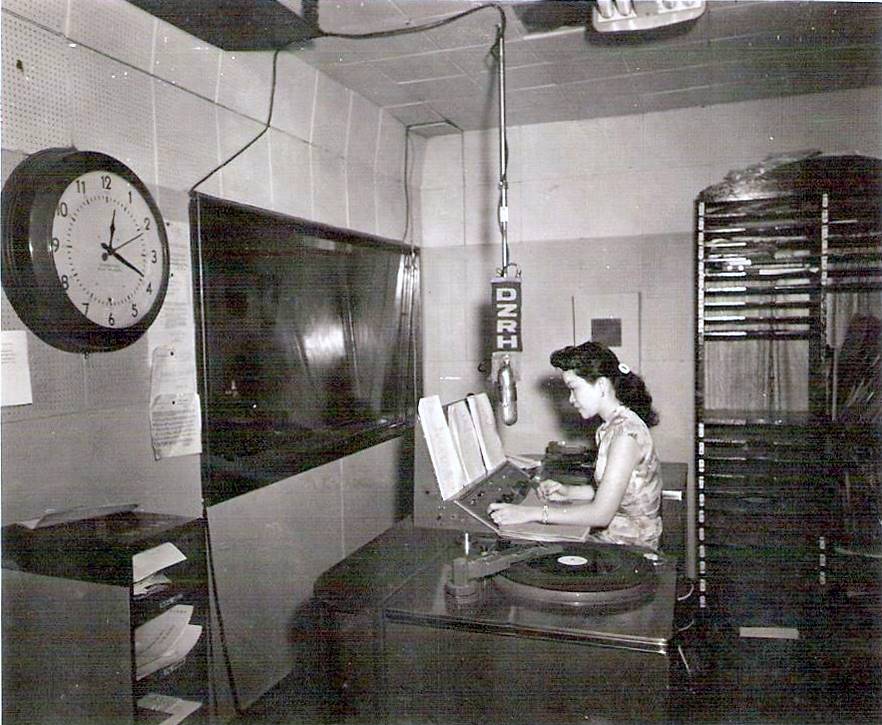
Over the decades, DZRH has not only maintained its tradition of drama programming but has also shown a remarkable ability to evolve with the times. While continuing to honor its roots in classic storytelling, the station has reimagined and revived some of its most iconic dramas to appeal to modern listeners. This includes updating storylines to reflect contemporary issues and using modern sound design to enhance the listening experience.
In addition to updating content, DZRH has also embraced digital innovation. Recognizing the shift in media consumption, the station now delivers its dramas and other programs across multiple social media platforms such as Facebook, Instagram, YouTube, and more. This strategic move has allowed DZRH to connect with younger audiences while preserving the heritage of radio drama for longtime fans. By blending tradition with technology, DZRH continues to lead the way in ensuring that the art of radio storytelling remains vibrant and relevant in today’s fast-changing media landscape.
Continued presence
Even as television rose to prominence and became the dominant medium for entertainment in the Philippines, DZRH remained steadfast in its commitment to radio drama. Rather than being overshadowed by the visual storytelling of TV, the station continued to captivate audiences through the power of voice and sound, proving that the radio drama format still had a vital place in Filipino culture.
DZRH sustained the popularity of its drama offerings by consistently producing high-quality programs, including long-running and well-loved anthology series such as "Hukumang Pantahanan" and "Gabi ng Lagim." These shows became staples in many households, offering compelling stories that ranged from courtroom-style domestic conflicts to spine-chilling tales of the supernatural.
The Gabi ng Lagim poster

CTTO: Hukumang Pantahanan
Despite the shift in media trends, DZRH’s dramas retained their loyal following, particularly among listeners who appreciated the intimacy and imagination that radio uniquely provides. In fact, many fans continue to prefer the experience of listening to stories unfold purely through audio—an art form that requires them to visualize characters and scenes—making the experience deeply personal and engaging.
By holding firmly to its roots while evolving with its audience, DZRH demonstrated that radio drama could thrive even in an era increasingly dominated by television. The station’s dedication to this form of storytelling not only preserved a beloved Filipino tradition but also highlighted the enduring emotional power of the spoken word.



